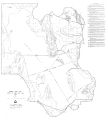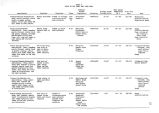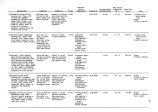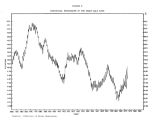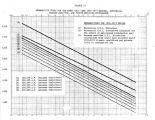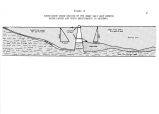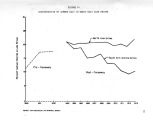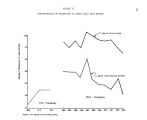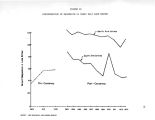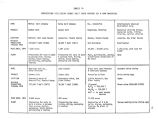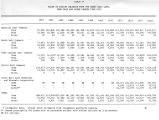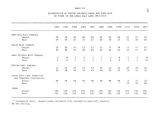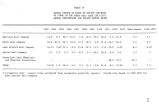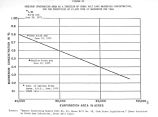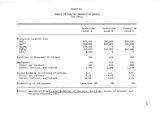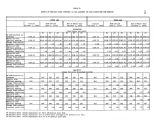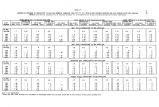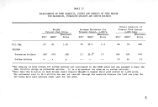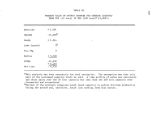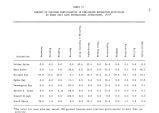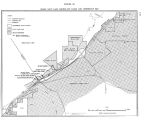| OCR Text |
153 One asset of the Great Salt Lake is its proximity to Utah's number one tourist attraction- Temple Square in Salt Lake City. Moreover, being close to Salt Lake City, the Lake is close to Utah's highest concentration of residents as well. The Bureau of Economic and Business Research estimates that the resident market ( area within one hour driving time of the south shore) is between 750,000 and 850,000 people. In recent years, many areas around the Great Salt Lake have been neglected and, as a result, have fallen into disfavor with both residents and tourists. With the development of Great Salt Lake State Park on Antelope Island, it was hoped that tourists would remain an additional day or so in Utah. A frequently quoted calculation states that if only one- half of the million or so annual visitors to Temple Square would visit the Great Salt Lake and spend just $ 1.00, a total of $ 500,000 annually would be realized. In addition to businesses directly related to tourism, many supporting businesses and jobs are created by tourist attractions. In addition, tourism is a " clean" business in that income is achieved with a minimum of pollution and tax increases. Because the average length of stay of Utah visitors is only from one to three days, any attraction that will hold tourists over one additional day can bring about significant economic impact. Recreational development of the Great Salt Lake to make it more usable and appealing to both residents and tourists could have a profound effect on the State's economy. PROPOSED LEGISLATION CONCERNING RECREATIONAL USE OF THE GREAT SALT LAKE The most significant legislation regarding recreational use of the Great Salt Lake surfaced in the late 1950' s and early 1960' s. In 1959, |




























